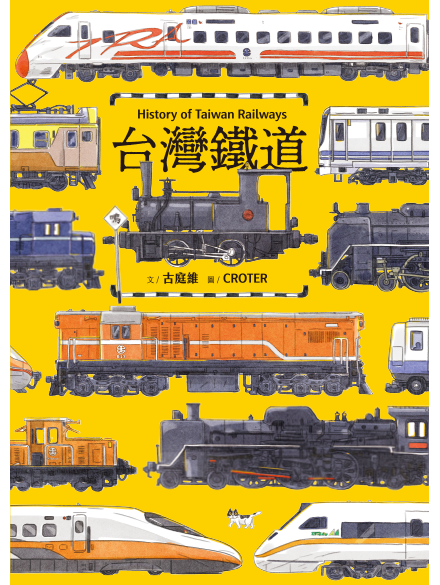Railways are one of the most relied upon modes of transport in Taiwan. Using an engaging and easy-to-understand writing style, this book gives a comprehensive breakdown of how Taiwan’s railways have developed over the course of history.
Taiwan’s railways were first introduced during the nineteenth century and underwent significant planning and expansion during the Qing Dynasty, Japanese occupation, and under successive Taiwanese governments. The older structures gradually gave way to newer ones until the extensive network that we know today which covers the whole island was eventually completed. This book explores Taiwan’s railways across various eras through nineteen different themes which are put into a broader international context, delving into the history from environmental, cultural, industrial, scientific, and technological perspectives.
The book begins with the origins of the railways and looks at how they were planned and constructed, as well as how the industrial railways were developed, highlighting that the network was a driving force in laying the foundation for Taiwan’s modernization. However, just as Taiwan’s railway entered its golden age, it also became Japan’s southern base during World War II and was significantly damaged by Allied air raids. In the decades that followed, the train systems and equipment were continuously updated, but with the birth and popularity of Taiwan’s mass transit system, some of the railway lines gradually fell into obscurity. Today they have become a historical asset for nostalgic culture, preserving the railway’s former glory for future generations to explore.
History of Taiwan Railways presents the development spanning the last one hundred year from a holistic temporal perspective, using rigorously researched details to reconstruct historical scenes and a variety of different trains so that readers who want to understand Taiwan’s railways can easily gain a comprehensive understanding of the subject.






